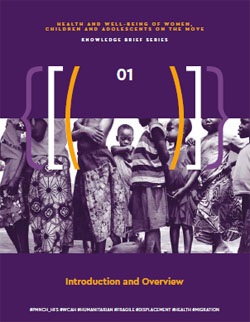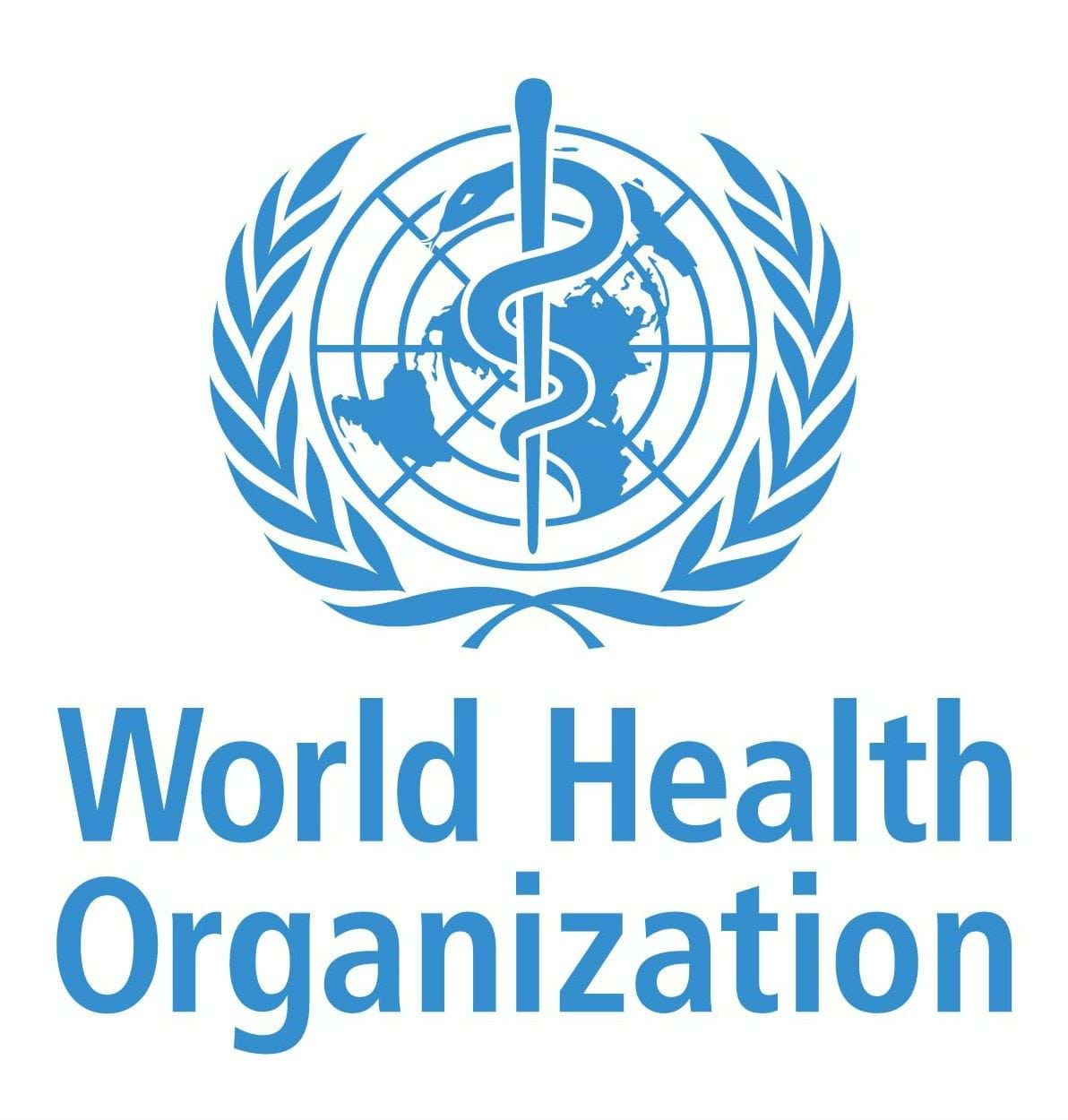Health and well-being of women, children and adolescents on the move - Knowledge Brief Series 01 – Introduction

Overview
The last twenty years have seen an exponential growth in the number of people on the move. Today around one billion people are estimated to be migrating within and/or between countries in all regions of the world (1). Approximately half of the people on the move are women (2,3) and most are of reproductive age. Around 69 million of the one billion people on the move are refugees and internally displaced people forced to flee conflicts and violence (2), and of these over 42% are girls and boys under the age of 18 (2). Humanitarian and fragile settings (HFS) and the migration and forced displacement they prompt typically exacerbate pre-existing needs and vulnerabilities, and expose people to new risks to health and well-being. This usually occurs in situations where access to quality health care is limited and where families are disrupted and other possible sources of care are not available. In these settings, women, children and adolescents (WCA) are among the most vulnerable and their health and well-being can be quickly eroded. Their health needs, which are often unique to their age and gender, are also often poorly understood and overlooked in humanitarian action. If the World Health Organization’s aspirational goal of Universal Health Coverage (UHC) and the United Nations’ Sustainable Development Goals (SDGs) are to be achieved, urgent attention will have to be given to the many humanitarian and fragile situations in the world and to the health needs of women, children and adolescents caught up in them.

.png?sfvrsn=6d0e27cd_1)



